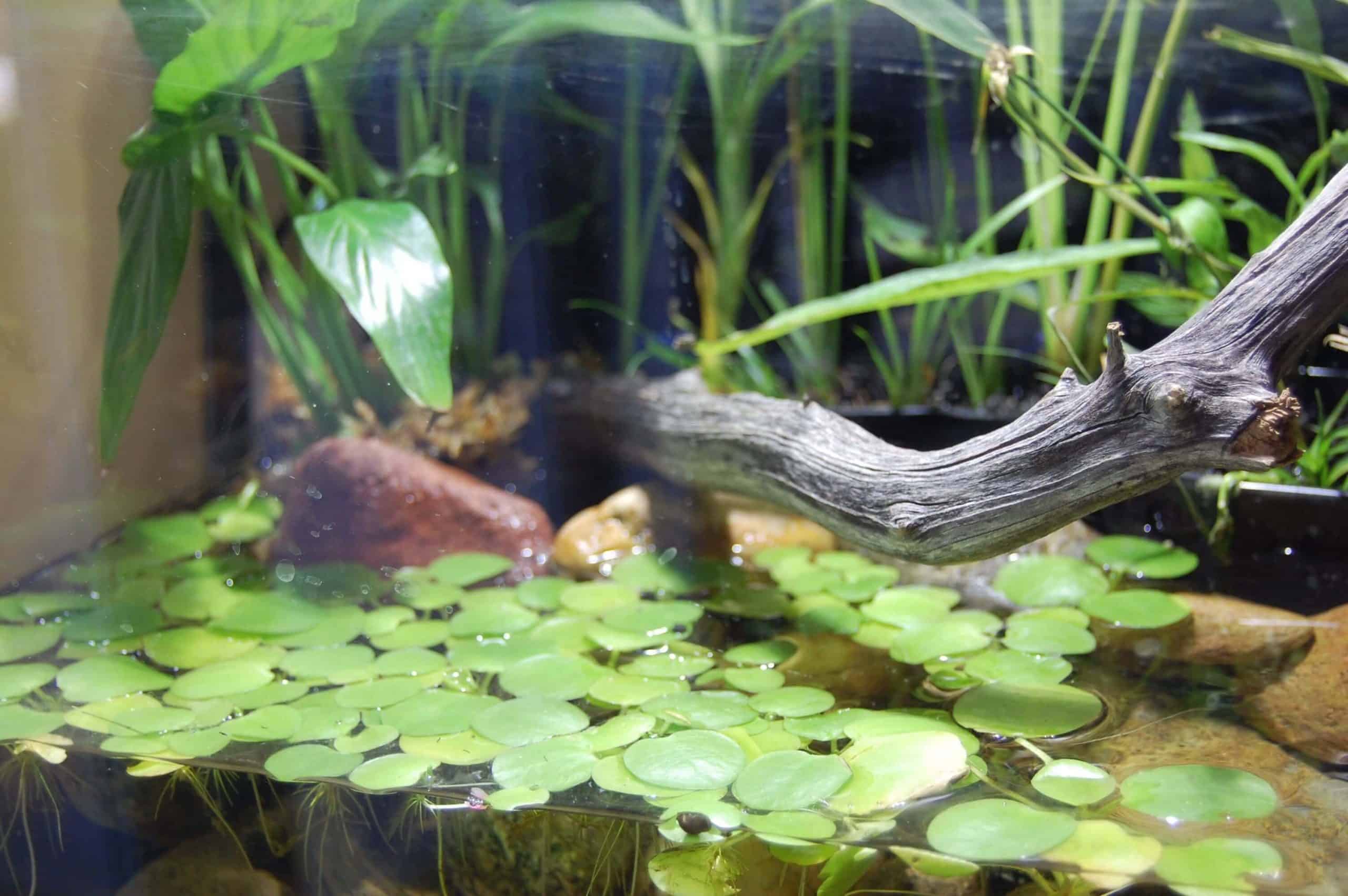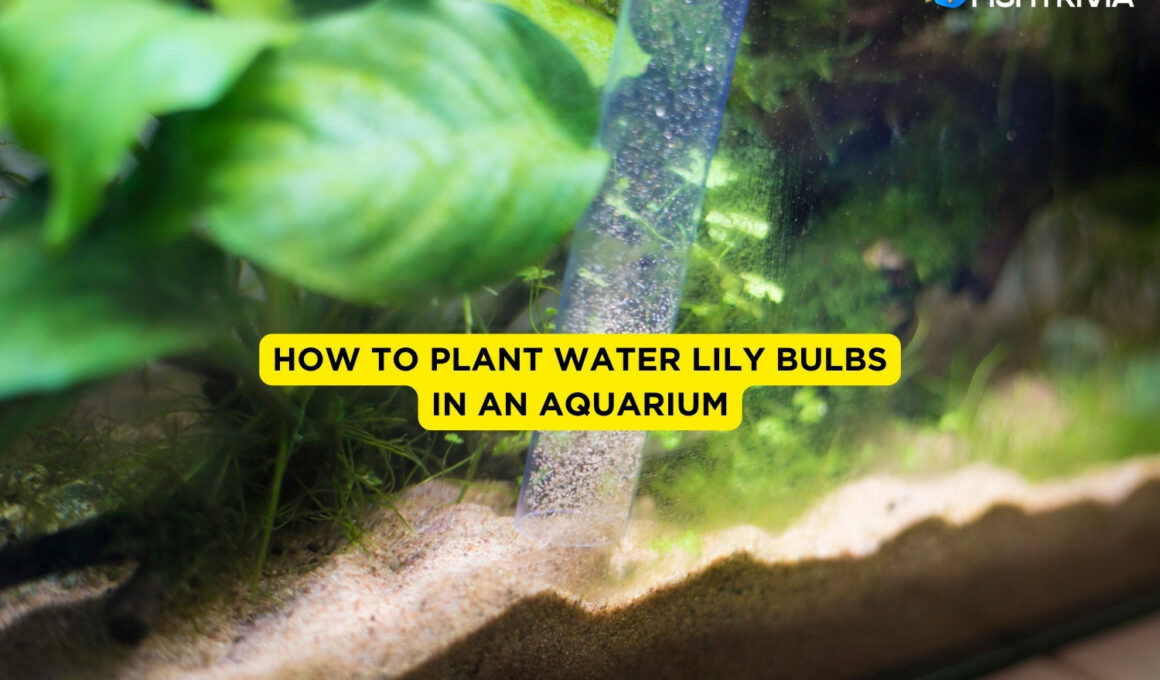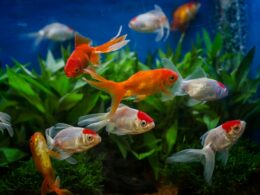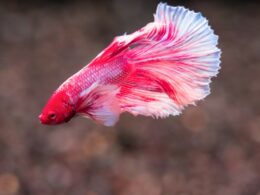In this article Show
Water lilies (Nymphaea spp.) area unit exquisite and sensible additions to any garden pool or lake. Fish utilize them as concealing spots from predators and shady retreats from the high summer sun.
Plants in a lake facilitate keeping the water clean and aerated, which suggests you may pay less time maintaining it. A liliaceous plant may be found virtually any place in the world, than in an associate degree marine museum.
Except for their natural beauty, they’re associated degree ancient flowers with several symbolic meanings—a number of them area unit peace, motherhood, innocence, and hope.
By reading this article, you’ll find out how to Plant hydrophytic plant Bulbs in an associate degree marine museum. So, let’s get this.
What Is Explicitly An Associate Degree Associate Aquarium?
A marine museum may be any size enclosure with a minimum of one distinctive aspect wherever aquatic plants or animals area unit unbroken and displayed.
Fish keepers keep fish, invertebrates, amphibians, marine reptiles, turtles, and aquatic plants all at once in aquaria.
English naturalist Prince Henry Gosse coined the word “aquarium,” which mixes the Latin root aquamarine, which suggests “water,” with the suffix -atrium, which suggests “a spot for around.” An enclosure could be a tank during which fish will float. Hobbyists will monitor little aquariums from the comfort of their own homes.
What Area Unit The Assorted Kinds Of Hydrophytic Plant Bulbs?
Water lilies are unit tropical flowers that root in underwater soil and emerge till their cherished blooms break the water’s surface. They belong to the family Nymphaeaceae family. The asteroid blossoms float within the air and build a rainbow of colors, together with pink, white, purple, and blue.
Water lily, any of fifty-eight species of fresh plants happiness to 6 genera native to the planet’s temperate and tropical regions. Water lilies have rounded, waxy-coated leaves with various notches on long stalks that contain many air areas and float in calm, fresh environments.
What Are The Looks Of A Water Lily?

Water lilies have rounded, waxy-coated leaves with various notches on long stalks that contain many air areas and float in calm, fresh environments. The stalks grow from mud-buried underwater stems that are unit thick, fleshy, and locomotion.
Leaves area unit virtually spherical in form and floats on the water’s surface. The leaf lobes area unit is pointed and notched within the center. The leaves grow on the ideas of long stalks that emerge from the mud’s long rhizomes—hydrophytic plant flowers area unit perfumed, showy, and white.
Ways Water Lily Bulbs Are Being Cultivated
The following are the ways in which lily bulbs are being cultivated;
1. 1st phase
Fill a tub halfway with marine soil. When submerged, aquatic soil is preferable to regular potting soil because the latter would simply float away. Fill the container 3/4 full with dirt, then apply aquatic fertilizer.
The amount of fertilizer you need to use is wholly dependent on your product, so it’s a good idea to read the fertilizer instructions after you buy it. A typical fertilizer-to-soil ratio is 10 grams of fertilizer per gallon of soil.
2. 2nd Phase
Take the lily out of its old pot and wash it to remove all dirt from its root system before putting it in the aquarium. Cut the old roots but leave the white hair-like roots in place so they can flourish in your aquarium’s aquatic soil.
Simply skip the trimming if you don’t see any rusty, fleshy roots.
3. 3rd Phase
It’s time to position the lily in the aquarium after you’ve removed it from its container. Begin by putting the lily’s root ball at the very edge of your tank, on top of the soil.
Remember that the crown should be at a 45-degree angle, pointing toward the tank’s heart. If your water lily hasn’t grown after a few days, consider putting the top at the same level as the soil to ensure that your plant receives the most sunlight.
4. 4th Phase
The following move is to apply more soil and a pea gravel top layer simply. When adding more soil, make sure you don’t overfill the container with aquatic soil. After you’ve finished adding dirt, pack it down, sprinkle it with pea gravel to keep it from floating away, and keep it in one place.
Rinse the gravel thoroughly before placing it on top of the soil. If your water lily isn’t fully grown, don’t add gravel around the roots, and remember to leave room in the gravel for the plant’s rising tip.
5. 5th Phase
The next move is to water the fish tank after applying the top layer and pea gravel. After soaking the container with a hose, place it in your aquatic planter. Submerge the pot for the first few weeks until at least 5 to 6 inches of water covers the leaves and crown.
If you want your aquarium to get the most sunshine, keep it in a space with lots of windows. If you want your water lilies to grow faster, keep your tank at a low height. This will help them grow faster.
Lilies: How To Keep Them Alive
After the blooms have died, prune the lily carefully by removing any dead flowers and cutting any brown leaves from the vine.
Place the pot in a bright window or elsewhere; it will be open to the sun for at least five hours per day. Keep it moist but not soggy; damp soil can rot the bulb.
Keep the soil dry if the plant leaves start to yellow and fall off because it is going dormant and won’t retain as much water. Remove the lily by inverting the jar. Pull the root ball away from the bottom of the bulb, carefully separating the root strands with your fingertips.
Do it as gently as possible; some harm can occur; but, if the roots remain in a knotted clump underneath the bulb, they may rot, and it will not save your lily.
To make this job easier, you can use water to loosen the soil and roots. After all danger of frost has passed, transplant the lily outside. Do it as gently as possible; some harm can occur; but, if the roots remain in a knotted clump underneath the bulb, they may rot, and that will not save your lily.
Place the bulb in the prepared hole, allowing the roots to spread out underneath it. There should be no offshoots to distinguish at this stage for a new lily; they were possibly separated before being potted by the grower.
Fill the hole with soil and pat it down softly, but do not compact it. Multiple lilies should be spaced 10 to 12 inches apart.
After you’ve planted the bulb outside, make sure to water it right away. Bulbs would aid the lily’s establishment by adding a dissolvable, light fertilizer to the water.
Place the bulb in the prepared hole, allowing the roots to spread out underneath it. The lily’s establishment would be aided by adding a dissolvable, light fertilizer to the water.
Leaves and stems that have died should be removed. You will note that the old stem dies, and new shoots emerge. Expect your lily to sprout and bloom again next season; it will most likely take another year for the lily to develop itself and bloom. If you’re lucky, you could get one that sprouts and blooms before the winter arrives.
Water the lily in a consistent manner. Mulch the ground around the lily to keep the soil moist and protect the roots from excessive heat. Add bone meal or bulb fertilizer to the soil in the fall and work it in. Add bone meal or bulb fertilizer to the soil in the fall and work it in.
Before winter or a hard freeze, pile mulch over the bulb’s position to protect it from freezing. Apply an 8-inch layer of straw, leaves, wood chips, or ground corn cobs to the surface. After the danger of frost has passed and new shoots have appeared, remove this in the spring.
Upkeep Is Important
You’ll need to add a fertilizer ball to the potted substrate to provide the beneficial nutrients needed for plant growth to keep your plant healthy and supplement its growth.
To ensure optimal growth and disease prevention, it should do this every two months. Plants would also benefit from the addition of a carbon dioxide scheme.
These aren’t necessary, though, since Water Lilies develop exceptionally quickly in the right conditions. As a result, they’ll need a lot of upkeep because they’ll quickly clutter your aquarium or pond.
You’ll note the stems and leaves start to die off as they get too crowded. You should prevent this because they release nitrate into the water as they rot and break down. Unwanted algal blooms result from too much nitrate.
It should do regular trimming to avoid this. Simply cut the stems of the yellow leaves using a sharp pair of scissors. Attempt to cut them as close to the plant’s foundation as possible.
Frequently Asked Questions
When it comes to water lily bulbs, how long do they take to sprout?
Water can grow six to eighteen inches above their tips when they’re planted. They’ll start growing two weeks after being planted and bloom in another two to four weeks. Fertilize them approximately twice a month.
What is the best way to grow dwarf water lily bulbs?
Dwarf Aquarium Lily is an essential plant to care for. If the bulb base is fully buried in the substrate, it may rot. In reality, burying only a quarter of the bulb in the substrate should suffice. Also, if the temperature is too low, this warm water plant will quickly deteriorate.
When it comes to aquarium plant bulbs, how long do they take to grow?
If the bulb hasn’t sprouted after one to three weeks, consider turning it over and giving it another one to three weeks.
Is it challenging to grow water lilies?
They sprout from tubers rooted in water-filled pots, sending up stems with rounded leaves and floating star-shaped blossoms. Pink, white, yellow, and red water lilies bloom in several colors. Hardy lilies are a good choice for beginners because they are dependable and straightforward to grow.
What is the perfect lighting for aquatic plants?
T8 and T5 fluorescent bulbs are the most popular types of aquarium lighting. T5s are recommended, but both are capable of growing plants. T5 bulbs are more efficient and ideally suited to densely planted aquariums. Most aquarium plants can be grown with only one full-length T5 bulb.
When is the best time to plant lily bulbs?
Plant lily bulbs in the fall or early spring. If you’re planting in the fall, make sure you do so at least four weeks before the last frost date, so they have time to grow deep roots before the ground freezes when the field is a workable but not wet plant in the early spring.
Conclusion
Fish alone are insufficient to make an aquarium complete. There are a plethora of other factors to remember. The suitable substrate, LED light, and plants, for example, all play an essential role.
There are several different types of plants that you can have in your fish tank. You can select one because it is popular, appealing or because you have seen it in another aquarium and enjoyed it.
The Dwarf Aquarium Lily is a good choice if you’ve always wanted a water lily in your aquarium. It’s a unique and colorful bulb plant. It’s a common plant in India because of its triangular-shaped leaves and the pink, red, and green coloration that appears as the plant grows.










